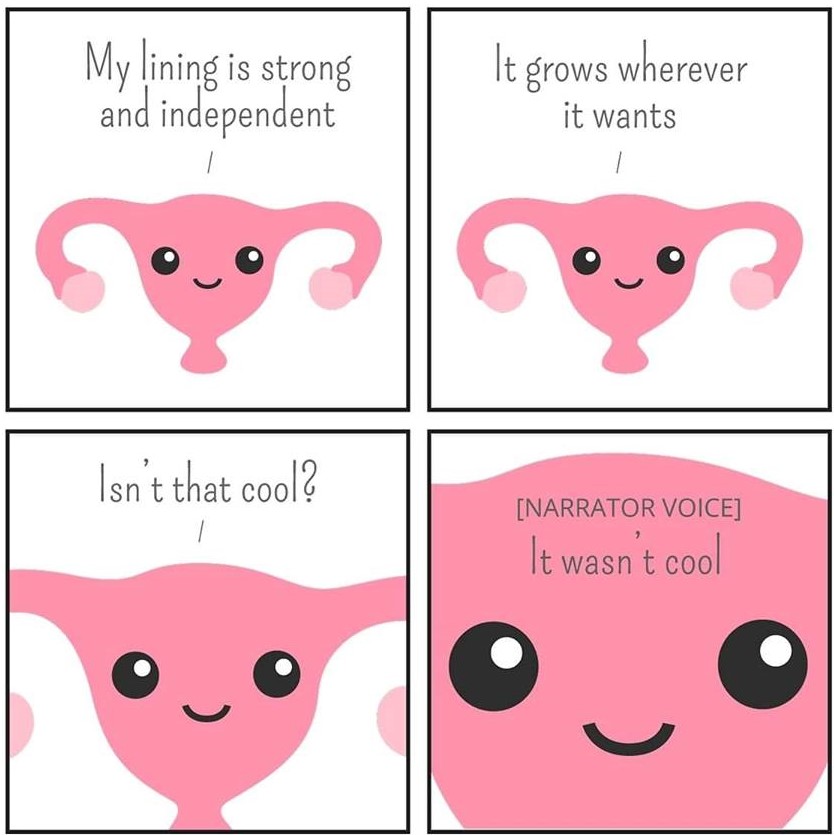Yes, endometriosis has stages, just like cancer. So, now that you’ve been told you have endometriosis, do you know what stage you are classified as? Many surgeons leave out the classification detail unless specifically asked. Some gynecologists will not provide this information as they are not trained excision specialists and may not know exactly what they are looking at in order to accurately classify the stage for their patient. Endometriosis cannot be formally diagnosed unless a surgical procedure has been performed and the lesions noted during the procedure. Endo can be suspected based on signs and symptoms you are experiencing but only after a surgical procedure can it be formally diagnosed by a trained specialist.

According to the American Society for Reproductive Medicine (ASRM), there are 4 stages of endometriosis. These various stages are determined by the location, depth, amount and size of the endometrial tissue presented during the procedure. These can include Fallopian tube blockages, involvement of pelvic structures associated with endometriosis, the extent of pelvic adhesions and the overall extent of the spread of the tissue. Unfortunately the stage doesn’t necessarily represent the level of pain experienced either. A woman with stage 1 could experience debilitating pain while someone with stage 4 could be asymptomatic. Signs and symptoms, including pain, can vary from woman to woman and stage to stage.
Stage 1 is considered “minimal” which can include superficial implants and mild adhesions and only scores 4 points while Stage 2 (Mild) can score up to 9 points. According to the ASRM, most women fall into the minimal or mild classification.

Stage 3 is “moderate” endometriosis and classified by chocolate cysts and more severe adhesions. To score into stage 3, you would need to earn 26 to 30 points. “Severe” is considered stage 4 and scores from 52 to 114 points. It is at this point that infertility is likely. When classifying endometriosis into a stage, other conditions like adenomyosis are not taken into account either. It is simply the scoring of the type, size and location of the lesion.

The down side to the stage scale is that the reliability of the information to classify the disease is based solely on what each surgeon sees during the procedure. Therefore verification can be subjective which may also mean inconsistent. In addition, certain lesions are not taken into account when classifying for stage. These can include but are not limited to bowel, intestines, ureters or bladder. If lesions appear on this organs, depending on your surgeons’ training, they may attempt to address them or refer you to a different specialist. Make sure the person performing your surgery is trained to handle endometriosis including the diagnosis, removal and treatment thereof. As a patient with a chronic illness, you don’t want just anyone treating you, you want the best outcome for your health.
** Spam comments from non verified users will not be approved.**